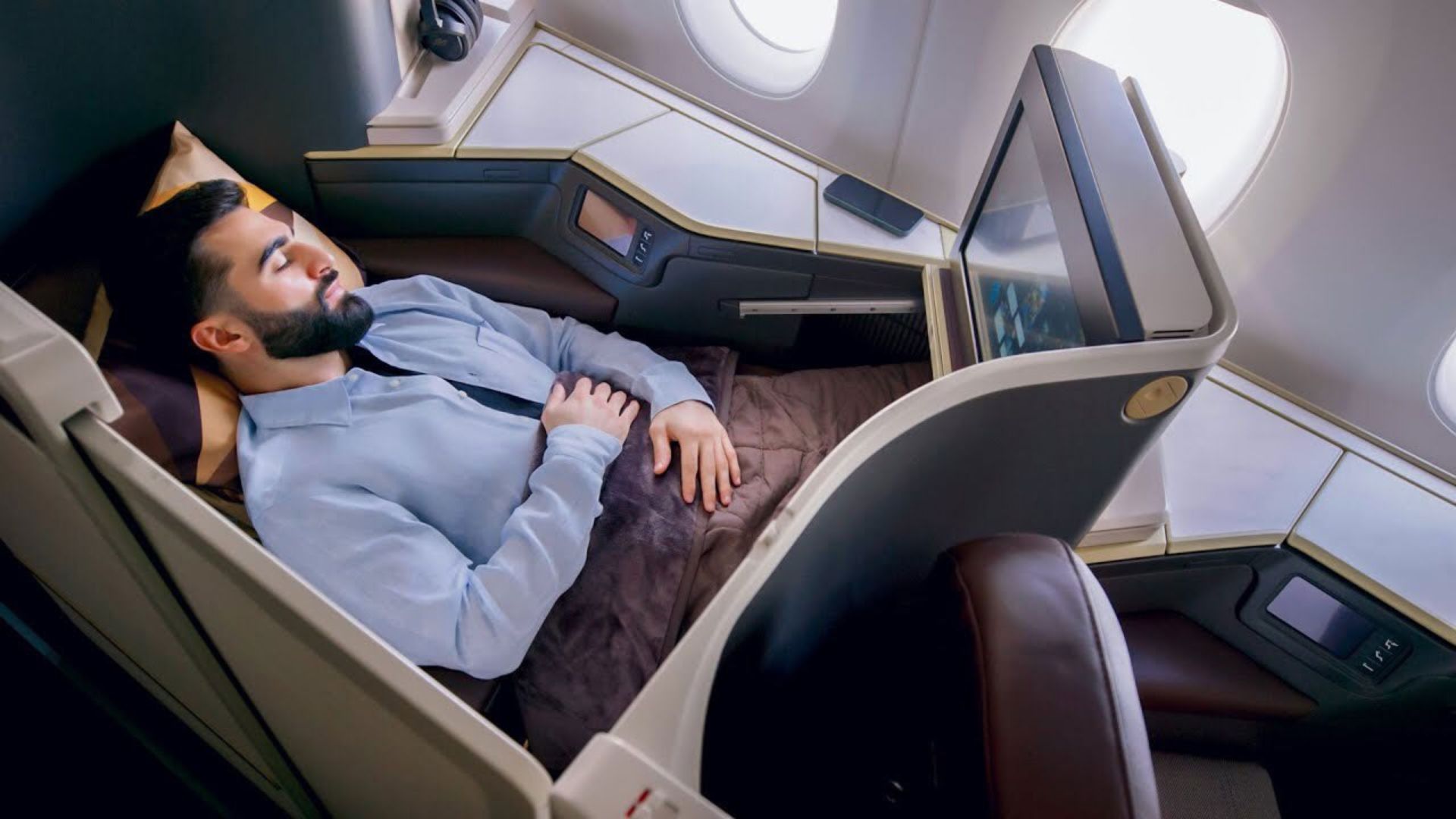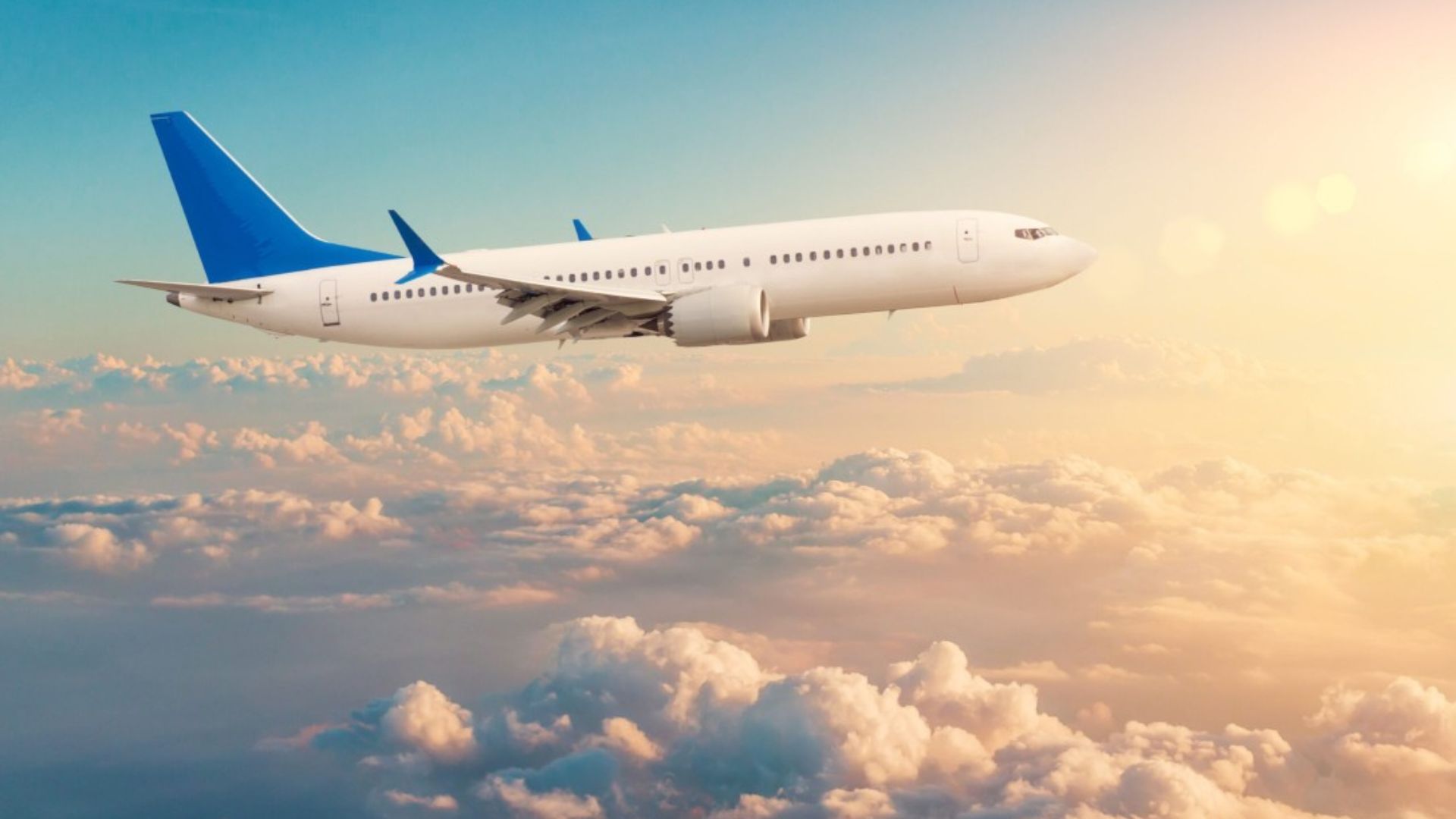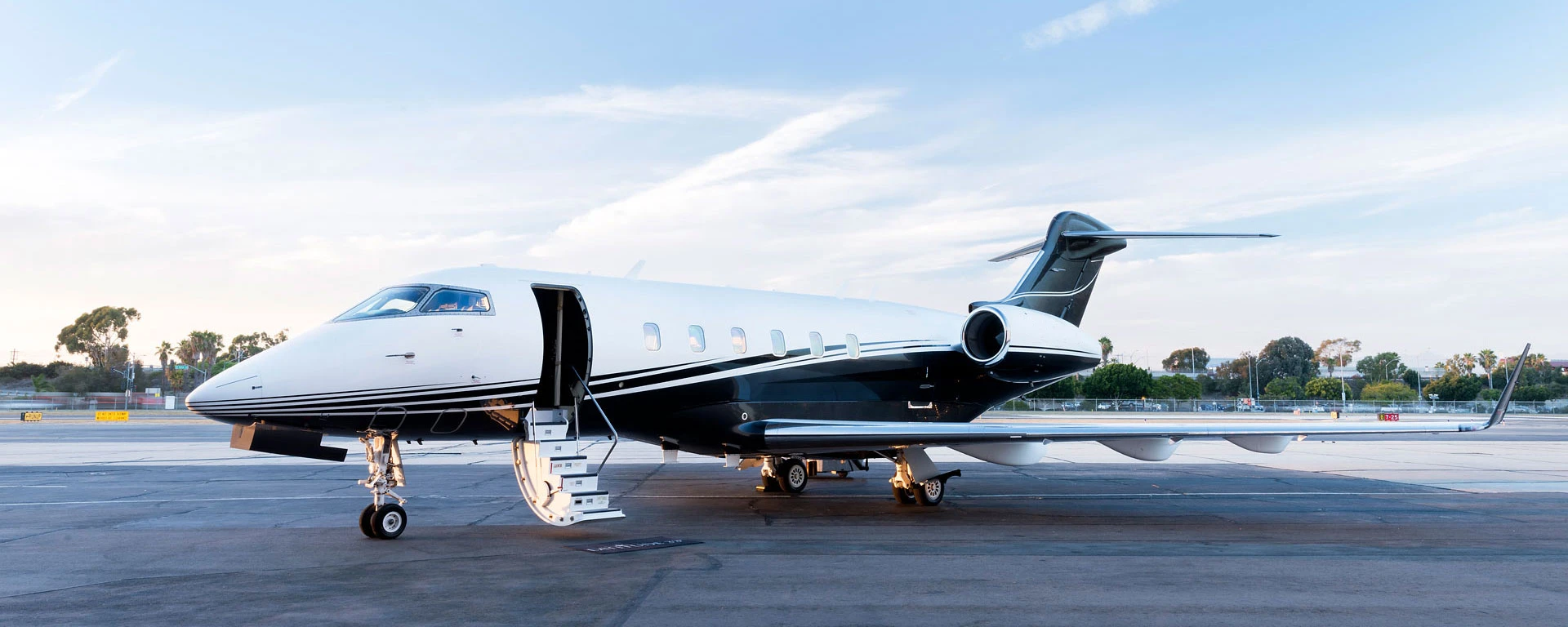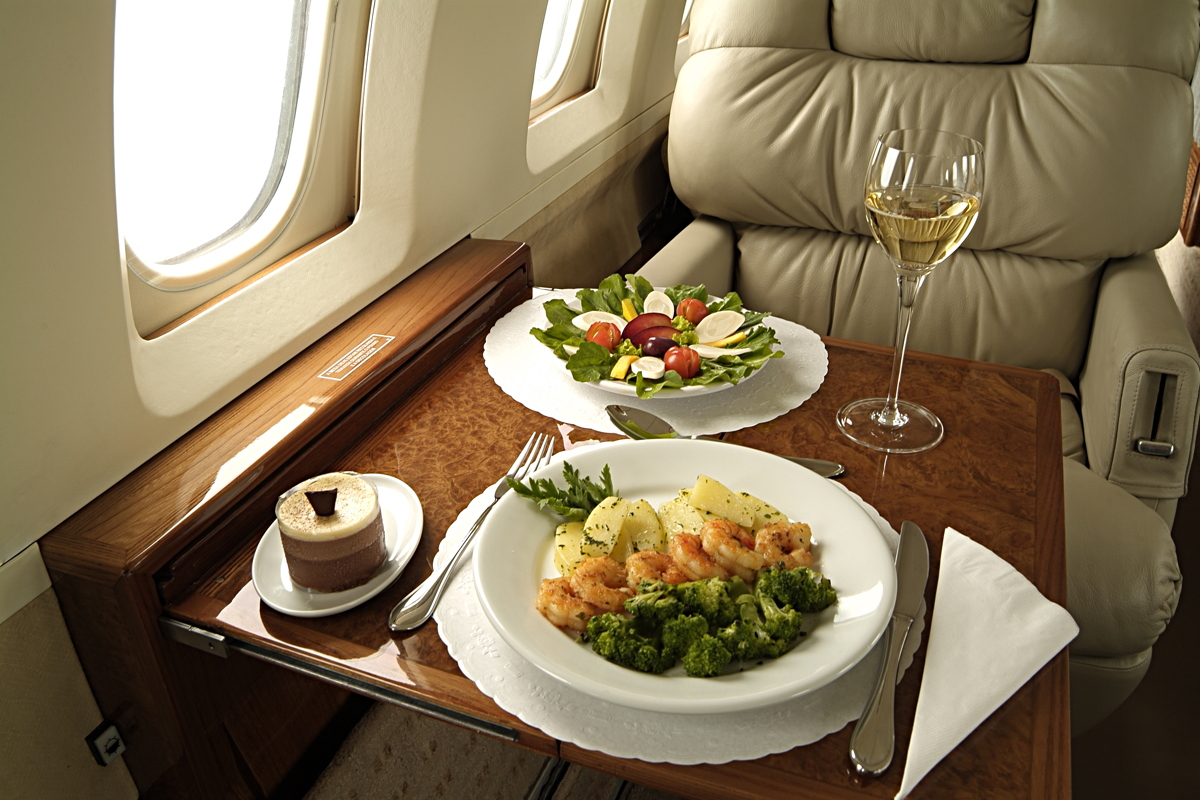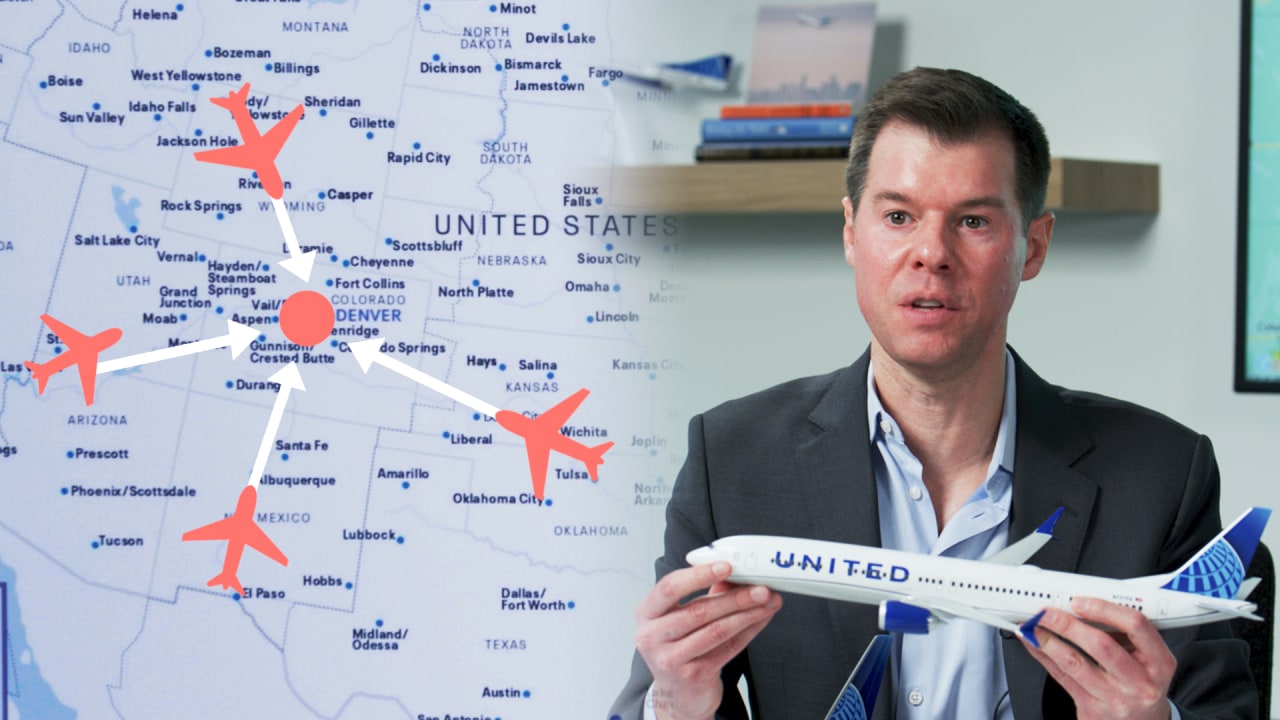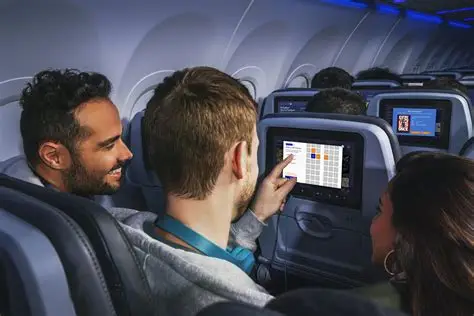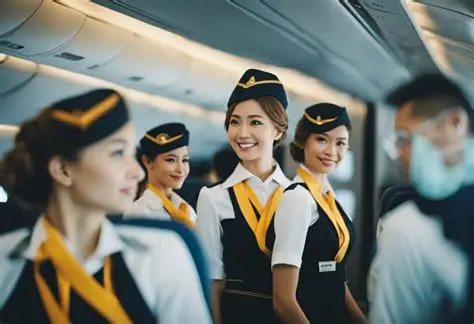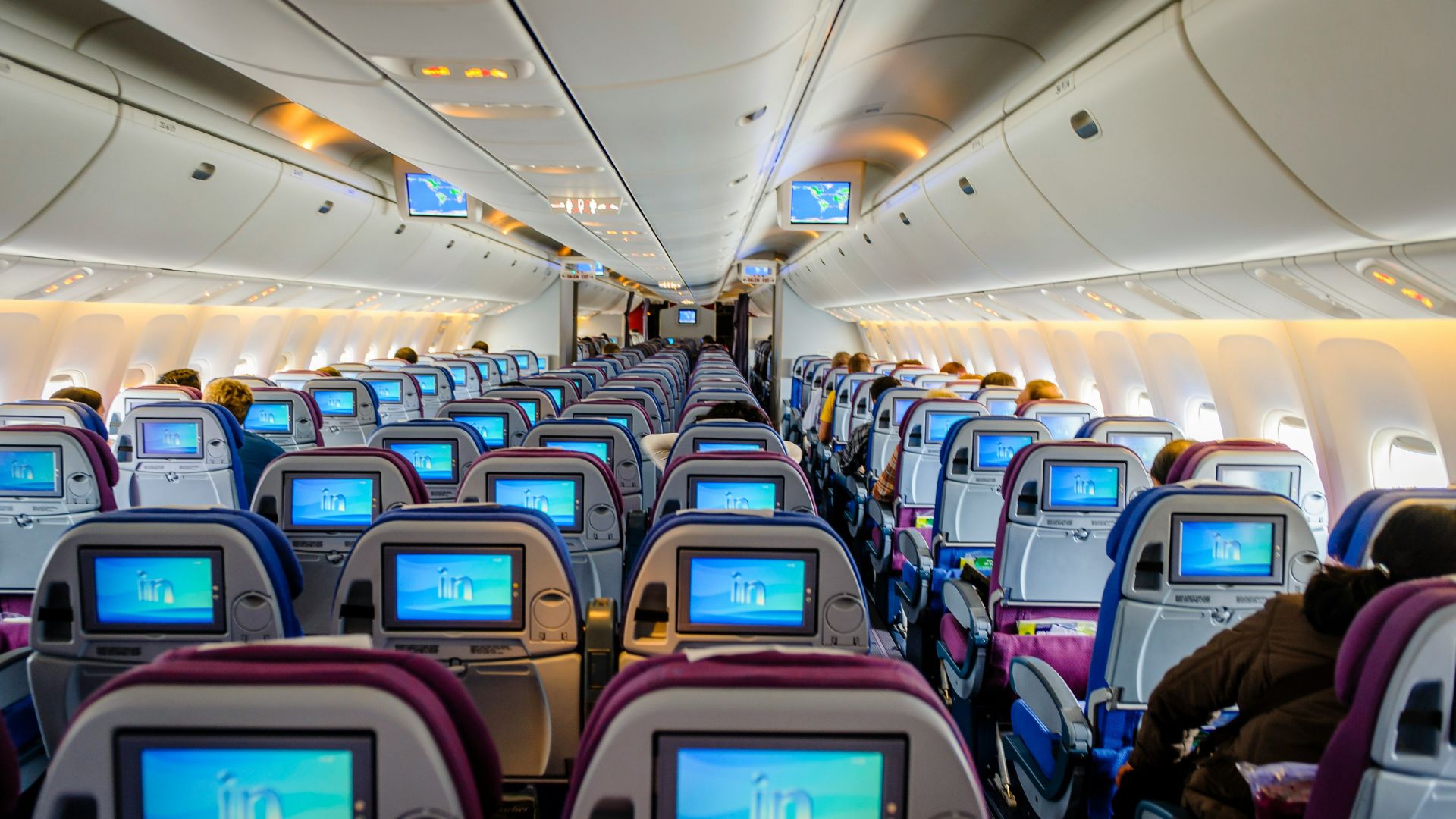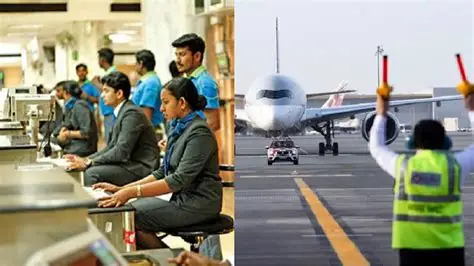Business class has long been the choice for travelers seeking a balance between luxury and productivity during flights. Over the decades, it has undergone a remarkable transformation—far beyond extra legroom and better meals. Today’s business class cabins deliver a premium experience that combines comfort, technology, privacy, and personalized service. Let’s trace the evolution of business class and see how airlines continue to raise the bar for comfort in the skies.
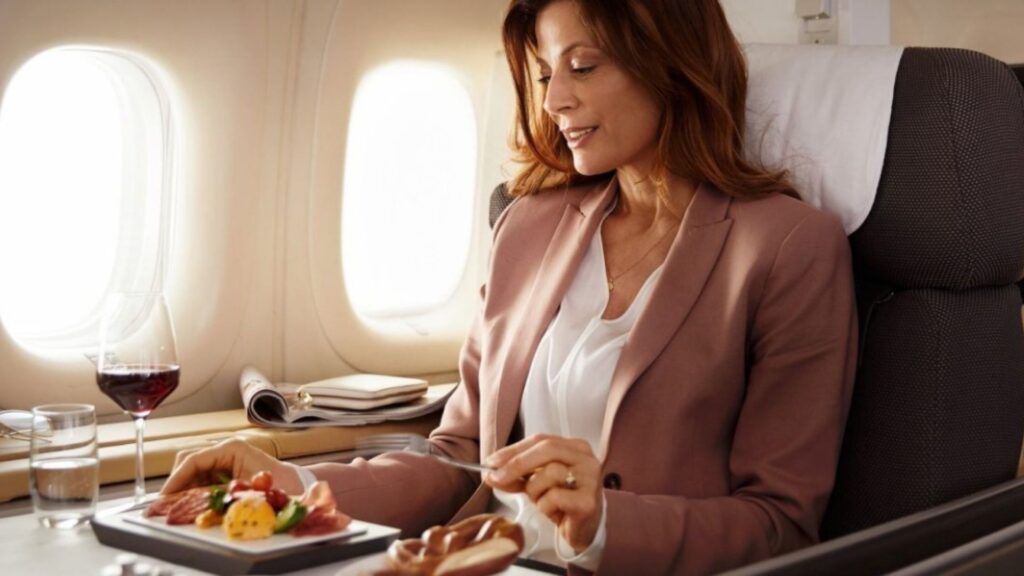
Early Days: More Space and Better Service
In the mid-20th century, air travel was a luxury reserved for few. Business class emerged as an upgrade from economy, offering:
-
Wider seats with more legroom
-
Enhanced meal service, including better food and beverages
-
Priority boarding and check-in
The focus was simple: provide a more comfortable environment for business travelers needing to arrive refreshed. However, seating remained largely upright, and entertainment options were minimal.
The Rise of Lie-Flat Seats
The introduction of lie-flat seats in the 1990s revolutionized business class. Airlines began offering seats that reclined fully or nearly flat, allowing passengers to:
-
Sleep comfortably during long-haul flights
-
Work or relax in private pods with adjustable lighting and controls
-
Enjoy more personal space and privacy
This innovation significantly improved rest quality and overall comfort, making business class a preferred choice for long-distance travelers.
Enhanced In-Flight Entertainment and Connectivity
As technology advanced, business class cabins integrated sophisticated entertainment systems and connectivity options:
-
Personal seatback screens with on-demand movies, TV shows, and games
-
Noise-cancelling headphones for immersive audio experiences
-
High-speed Wi-Fi enabling work and communication during flights
These features transformed the business class cabin into a mobile office and entertainment hub, catering to the needs of busy professionals.
Gourmet Dining at 35,000 Feet
Dining in business class has evolved into a gourmet experience. Airlines now collaborate with renowned chefs to create:
-
Multi-course meals with seasonal and regional specialties
-
Extensive wine lists and cocktail menus
-
Flexible dining schedules allowing passengers to eat on their own time
Fine dining at altitude enhances the overall luxury feel, distinguishing business class from economy and premium economy.
Privacy and Personalized Service
Modern business class focuses heavily on privacy and customization. Airlines design cabins with:
-
Individual suites or semi-enclosed pods for solitude and quiet
-
Personalized service tailored to passenger preferences and loyalty status
-
Dedicated flight attendants for prompt attention
This approach creates an exclusive atmosphere, allowing travelers to work, rest, or unwind without disturbance.
Sustainability and Innovation
Today, business class evolution also embraces sustainability. Airlines introduce eco-friendly materials, energy-efficient lighting, and sustainable catering options. Innovations like adjustable mood lighting and air purification systems improve passenger well-being while reducing environmental impact.
Lounge Access and Ground Services
A key part of the business class experience now extends beyond the aircraft. Business travelers enjoy exclusive access to airport lounges, offering:
-
Comfortable seating and quiet workspaces
-
Gourmet dining and premium beverages
-
Spa services, showers, and relaxation areas
Seamless ground services including priority security and boarding further enhance comfort and reduce travel stress.
Flexible Booking and Travel Policies
In response to evolving traveler needs, airlines have introduced more flexible booking options for business class passengers. These include:
-
Easier ticket changes and cancellations
-
Options for refundable or transferable tickets
-
Priority customer service and support
Such policies provide peace of mind and adaptability, vital for busy professionals with changing schedules.
Focus on Health and Wellness
Recent years have seen increased emphasis on passenger health in business class. Airlines implement:
-
Enhanced cleaning protocols and air filtration systems
-
Wellness kits with masks, sanitizers, and skincare products
-
In-seat massage functions and ergonomic designs to reduce fatigue
Promoting wellness helps passengers arrive at their destination feeling refreshed and ready to perform.
Conclusion
Business class has transformed from simple extra comfort to a holistic luxury experience combining technology, privacy, gourmet dining, and personalized care. As airlines continue to innovate, business class promises ever-higher standards of comfort and convenience, redefining what it means to fly at 35,000 feet.
Whether traveling for work or leisure, passengers now expect a seamless, restful journey that helps them arrive refreshed and productive.

